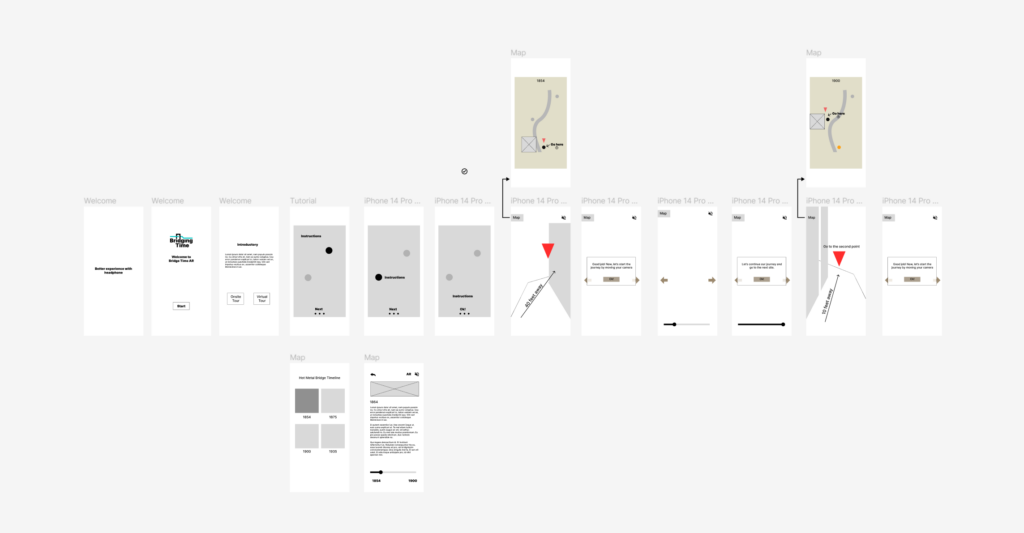Jan 30 – Feb 03
Written by: Alyssa Tang
Posted by: Qiwen Lei

Week 3
This week, our team presented our quarter walkthrough of the app and gathered feedback from ETC faculties.
The app is aimed at pedestrians and locals who want to learn about the history of the Hot Metal Bridge. While potentially usable everywhere, it is primarily location-based. Our biggest challenges have been GPS and art assets.
During our presentation, we received questions about the user flow, branding, and the app’s potential barriers to download. We also discussed how to connect the three time periods and tell a story that links them together. Furthermore, we considered whether the app would be safe to use while walking on the bridge, and how to make the app transformative by shaping the designs to connect with the app’s goals.
We also explored how to amplify feelings, which parts of the bridge to focus on, and whether to include a walking tour or a virtual character. We considered the importance of audio storytelling and visual storytelling, and the impact of weather conditions on the sights. Additionally, we discussed how to curate points of view, and how to make the app a unique individual experience.
Throughout our presentation, we received valuable feedback about pollution and the importance of less text and more voiceover. We also discussed the need to reach out to River of Steels and learn about their goals. Finally, we addressed the technical issues surrounding AR technology and how to overcome occlusion problems.
Based on the feedback we received during our quarter walkthrough presentation and discussions with ETC faculties, we decided to re-design the app to be a linear trail experience. This will allow users to start at a designated spot and follow a predetermined route that takes them through three time periods that were crucial to the history of the Hot Metal Bridge and life in Pittsburgh.
The new design will include audio narration about the history of the bridge between each spot. By providing a linear trail, users will have a structured and guided experience, ensuring they do not miss any important points of interest. We will carefully select the three most representative time slots that tell the story of the bridge’s evolution and impact on Pittsburgh.
Our team also addressed the technical issues surrounding AR technology, particularly the problem of occlusion. As a result, we decided to forego the use of AR in the app and focus instead on creating an immersive audio and visual experience that tells the story of the Hot Metal Bridge’s history. By curating the points of view and focusing on user experience, we aim to provide an engaging and informative experience for both pedestrians and locals who want to learn more about the history of this iconic Pittsburgh landmark.
In summary, the new design will provide users with a structured and guided experience that takes them through three key time periods in the history of the Hot Metal Bridge. Audio narration will provide users with information about the significance of each spot, while carefully curated points of view and a focus on user experience will create an immersive and engaging experience. Despite technical challenges with AR technology, our team remains committed to creating an app that showcases the history of the Hot Metal Bridge and the impact it had on the city of Pittsburgh.


